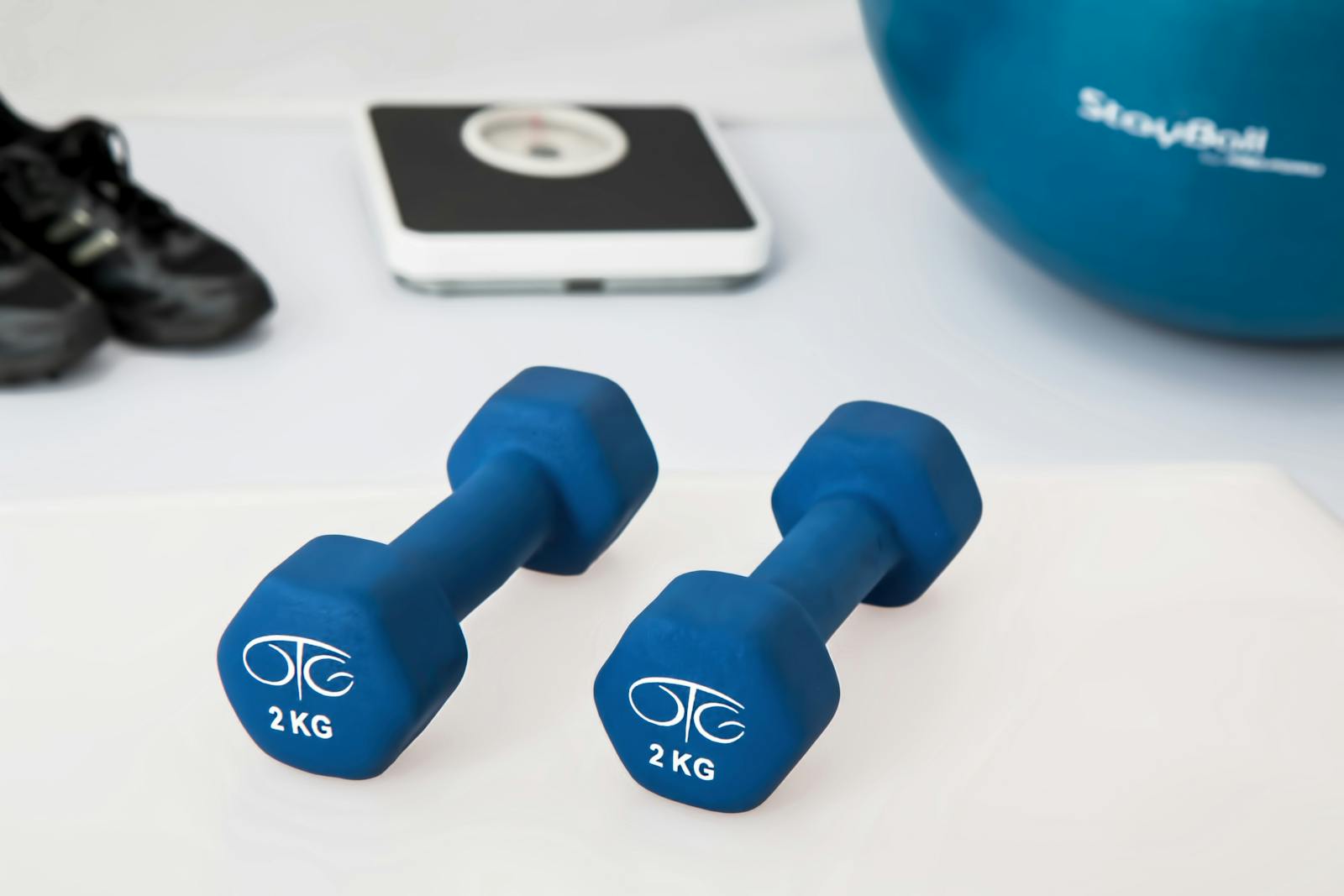Imagine a cold winter morning when Mark, a busy office worker, decides to take control of his health. Tired of feeling sluggish and unmotivated, he steps outside for a run. As he breathes in the crisp air and feels his heart rate rise, he discovers not only a newfound energy but also a sense of clarity and purpose. This moment marks the beginning of his journey into aerobic exercise—a path that promises numerous benefits for both body and mind. This guide will explore various aerobic exercises, their advantages, and how to incorporate them into your routine effectively.
Understanding Aerobic Exercise
Aerobic exercise, often referred to as cardio, involves continuous and rhythmic physical motion that elevates the heart rate and increases oxygen consumption. Common forms include running, swimming, cycling, dancing, and brisk walking. The primary benefits of aerobic exercise include:
- Improved Cardiovascular Health: Regular aerobic activity strengthens the heart muscle, enhances blood circulation, and increases lung capacity.
- Weight Management: Engaging in aerobic exercises helps burn calories and fat, making it an effective strategy for weight loss or maintenance.
- Enhanced Mental Well-being: Aerobic exercise releases endorphins, which can alleviate stress and improve mood.
- Increased Stamina: Over time, consistent aerobic training boosts endurance levels, allowing individuals to perform daily activities with greater ease.
Benefits of Popular Aerobic Exercises
1. Running
Benefits:
- Cardiovascular Fitness: Running significantly improves heart health by increasing the efficiency of the cardiovascular system.
- Bone Density: As a weight-bearing exercise, running helps in building bone strength and density.
- Mental Clarity: Many runners report improved mental clarity and reduced anxiety levels post-run.
Implementation:
- Beginner’s Plan: Start with a walk/run program where you alternate between walking and jogging. For example, walk for 2 minutes and jog for 1 minute for a total of 20 minutes.
- Progression: Gradually increase the duration of running intervals while decreasing walking intervals as your fitness improves.
- Frequency: Aim for at least three sessions per week.
2. Swimming
Benefits:
- Low Impact: Swimming is gentle on the joints due to water buoyancy, making it ideal for individuals with injuries or arthritis.
- Full-body Workout: It engages multiple muscle groups simultaneously, enhancing overall strength and flexibility.
- Caloric Burn: Swimming can burn significant calories—up to 650 calories per hour—depending on intensity.
Implementation:
- Technique Focus: Beginners should start with basic strokes like freestyle or breaststroke. Consider taking lessons to improve technique.
- Session Structure: Start with shorter sessions (20-30 minutes) focusing on continuous swimming with breaks as needed.
- Weekly Goals: Aim for 2-3 sessions per week to build endurance.
3. Cycling
Benefits:
- Joint-Friendly: Cycling is another low-impact exercise that minimizes stress on joints while effectively building leg strength.
- Versatile Intensity Levels: Whether on a stationary bike or outdoors, cyclists can easily adjust the intensity to match their fitness levels.
- Social Engagement: Group cycling classes or outdoor rides can enhance motivation through social interaction.
Implementation:
- Starting Out: Begin with flat terrain or a stationary bike at a comfortable pace for 20 minutes.
- Progression Plan: Gradually increase duration (aiming for 30-60 minutes) and incorporate hills or resistance settings as fitness improves.
- Frequency Recommendations: Target 3-4 cycling sessions weekly.
Integrating Aerobic Exercise into Your Routine
To successfully incorporate aerobic exercises into your lifestyle:
- Set Clear Goals: Define specific objectives such as weight loss targets or distance goals to stay motivated.
- Create a Schedule: Allocate specific days and times for aerobic workouts to establish consistency.
- Warm-Up and Cool Down: Always start with dynamic stretches to prepare your body and finish with static stretches to aid recovery.
- Mix It Up: To prevent boredom and overuse injuries, alternate between different types of aerobic exercises throughout the week.

Conclusion:
Aerobic exercise offers an array of benefits that extend beyond physical fitness; it enhances mental well-being and promotes overall health. Whether you choose running, swimming, cycling, or any other form of cardio, the key is consistency and enjoyment. Just like Mark discovered on that winter morning run, embracing aerobic activities can lead to a vibrant lifestyle filled with energy and vitality. So lace up your shoes, grab your swimsuit, or hop on that bike—your journey toward better health starts now!







Leave a Reply